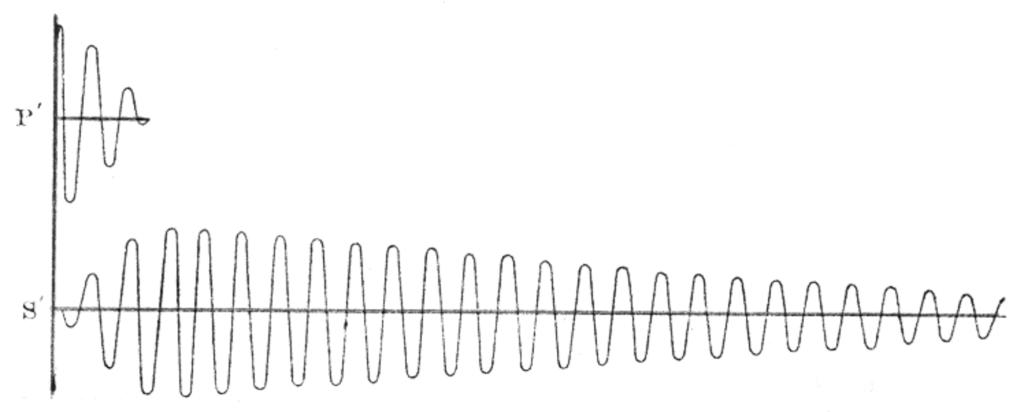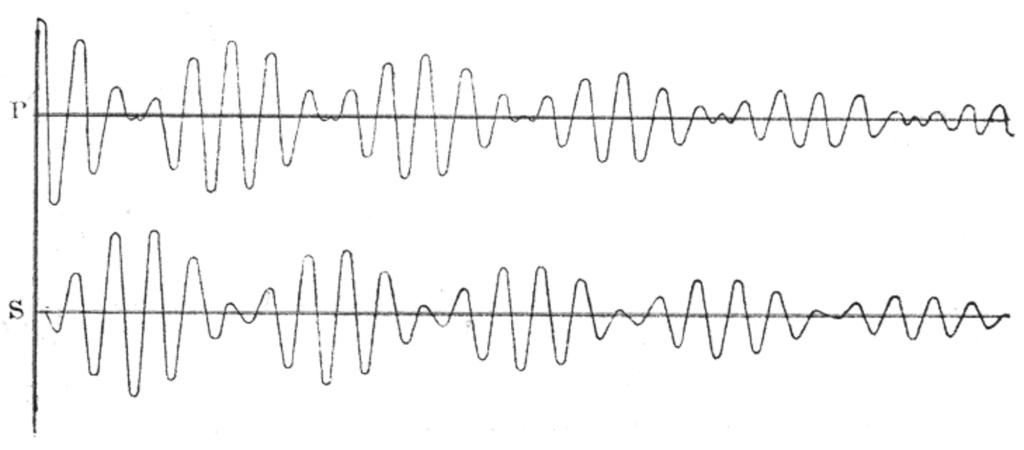TCBA Volume 3 - Issue 1
Page 5 of 18
Principles of Tesla Coil Construction (6)
The Spark Gap
The weakest link in the Tesla coil circuit is, undoubtedly, the spark gap apparatus. Not only is the spark, itself, a loss of energy but the apparatus producing the spark, even in its best form, is an inefficient device. Even so, the spark gap principle was employed in wireless telegraphy and other high frequency circuits for many years. And during World War II, when tubes had fully replaced the spark oscillators in communications, radar units continued to use a rotary gap device.
The purpose of the spark unit is to act as a switch. It must first be open so that the primary capacitor can absorb a charge. When this occurs, ionization forms at the space between the gap thus converting it into a conducting path. Under this condition, the circuit is said to be closed. A high frequency/high voltage current now passes through the primary circuit. The energy in the primary circuit is transferred to the secondary circuit through mutual inductance.
When the primary circuit has depleted its supply of energy, the space between the gap must return to its original status. That is, the circuit becomes open. At this point, the secondary continues to resonate freely until its energy is dissipated. By this time, the primary capacitor is again charged and the action described in paragraph two re-establishes itself. Figure 1 indicates the reaction of a spark oscillator when the spark gap is properly quenched.
Unfortunately, many spark gaps fail to return to a satisfactory nonconducting status. The presence of ions causes the primary circuit to continue its oscillations without the primary capacitor reaching its full charge. Consequently, the primary and secondary continue to swap energy. This limits the Output energy of the secondary circuit. Figure 2 represents the results of a poorly operating spark gap apparatus.


